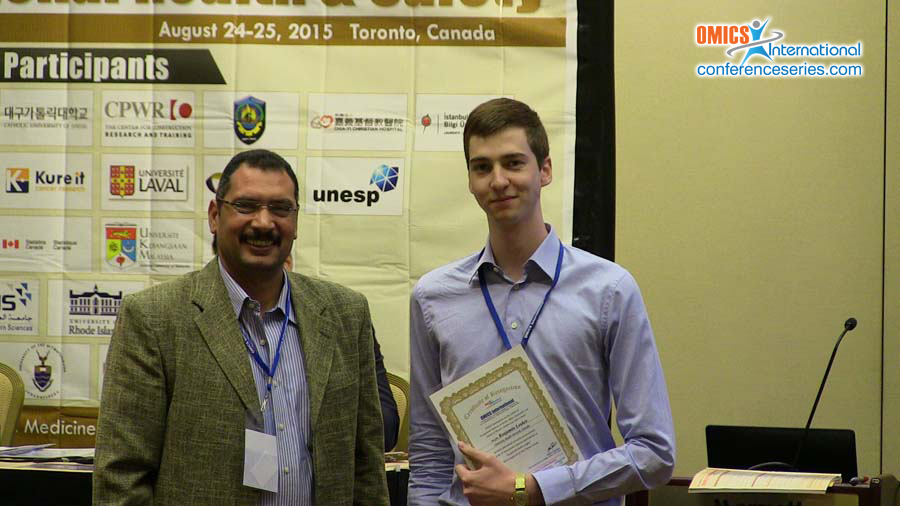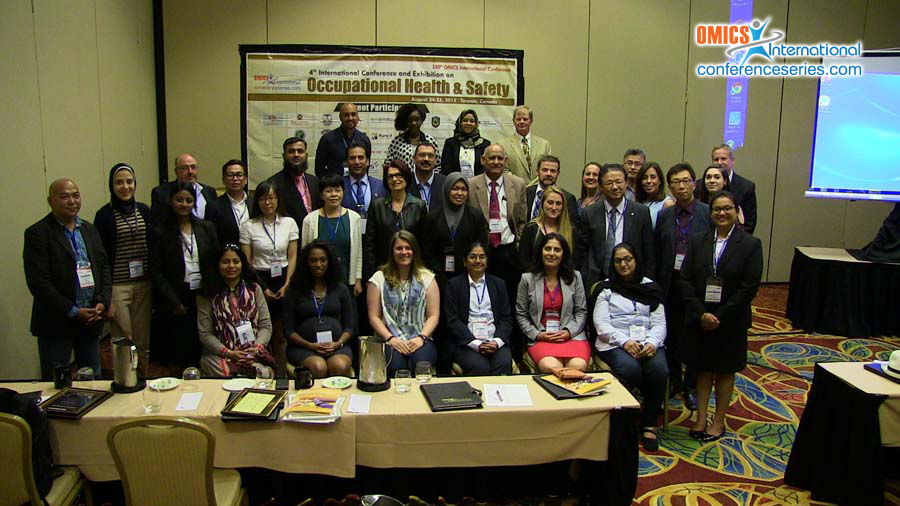Ben Leaker
University Health Network, Canada
Title: Validation of the maximum achievable angle test for performance of winter footwear on level ice surfaces
Biography
Biography: Ben Leaker
Abstract
The Maximum Achievable Angle (MAA) test is a novel method for evaluating the slip resistance of winter footwear. It identifies the steepest icy slope a pair of footwear can walk up and down without the user slipping. This test allows the performance of footwear to be evaluated safely with real users on real ice at the challenging environment assessment laboratory, TRI-UHN. However, it was not clear whether the results of this test are indicative of performance during level walking since gait changes when walking on slopes. This study investigated the relationship between the MAA and performance on level ice surfaces. The ascending and descending MAAs of the footwear were determined on wet ice (ice at -0.1°C wetted with a uniform 1 mm layer of water) and dry ice (un-wetted ice at -3°C) by 4 participants each wearing 3 types of winter footwear. Participants were then asked to walk in an hourglass pattern (15 m circuit) as quickly as possible on level concrete, dry ice and wet ice surfaces and the difference in walking speed between concrete and each ice surface was recorded. Both tests showed no significant difference between wet and dry ice but found significant differences between the three pairs of footwear and gave the same relative ranking. A significant negative correlation was found between the change in walking speed and both ascending MAA (r=-0.71) and descending MAA (r=-0.78). These results suggest that the MAA test is a good indicator of the performance of winter footwear on level ice surfaces.




